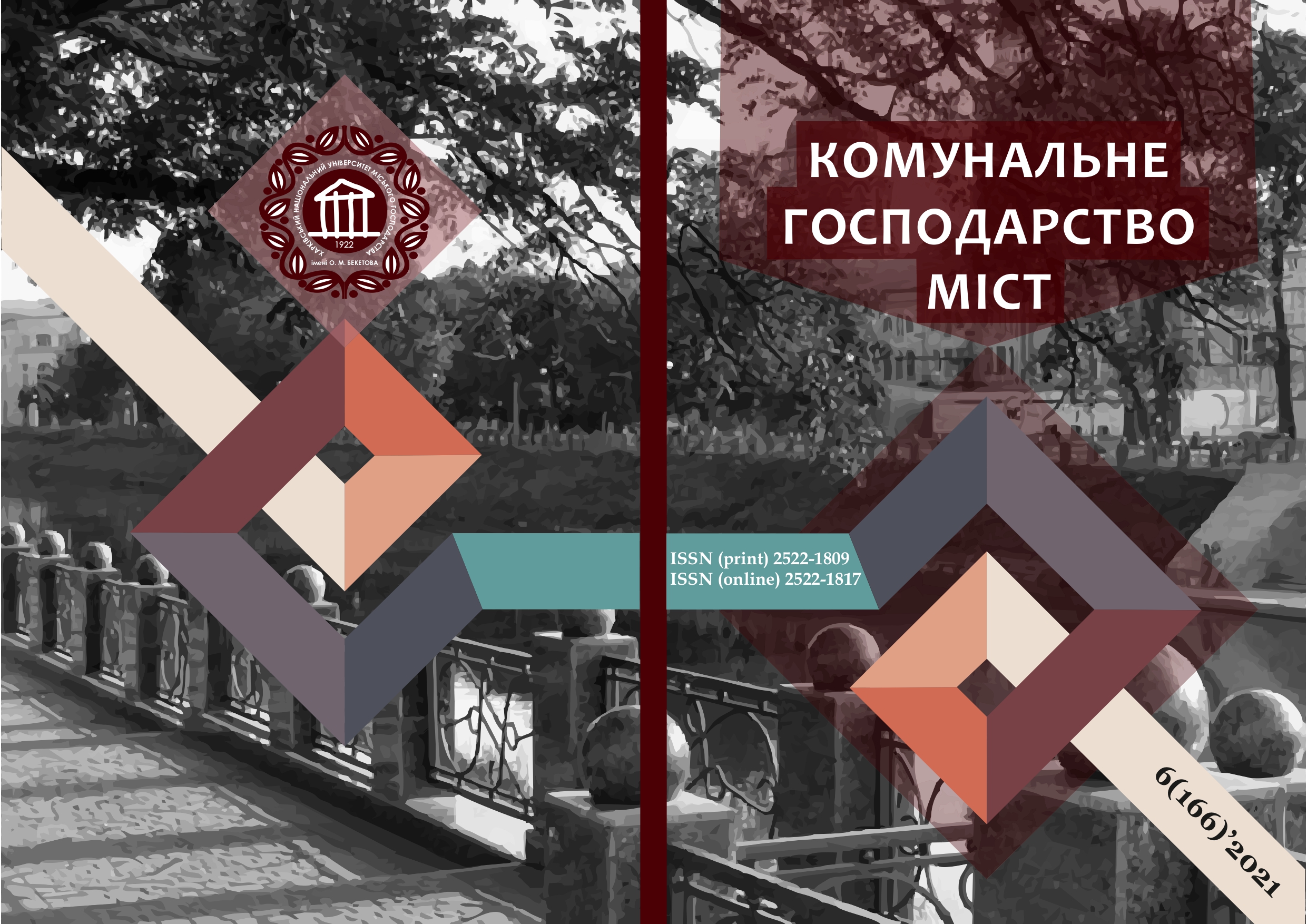DESIGN OF RESIDENTIAL ARRAYS USING GEOINFORMATION TECHNOLOGIES
Array
Keywords:
classification, urban planning analysis, social infrastructure, housing area, geographical information system, satellite town, semi-autonomous suburban area, zoning of the territory.Abstract
The article examines the current problem of designing housing arrays. They would solve not only the problem of resettlement, but also all related problems, including parking of personal cars, employment of residents, a sufficient number of places for children in schools and kindergartens. In other words such housing arrays would be comfortable to live in and would have necessary infrastructure.
Analysis of global design trends shows that these problems are solved in the design of satellite cities or semi-autonomous suburban areas. We have identified the existing pros and cons of these different approaches to design. We have chosen a centric planning approach semi-autonomous area as the most rational and efficient in urban planning. We used the ArcGIS geographic information system and a vector map to analyze the existing territory of Kharkiv and to select the construction site and further design the location of buildings and infrastructure. In particular, the “buffer zones” were used for the further placement of schools, kindergartens and shops. The usage of the "buffer zones" made it possible to locate these institutions optimally, depending on the number of potencial citizens. Basing on the historical aspects of Kharkiv, a quarterly division and quarterly buildings were chosen for the projecting area, due to the fact that each quarter will have its own urban ecosystem. An algorithm for performing such works was developed by designing a residential area. It can be divided into certain stages. This algorithm can be applied while performing similar works not only to Kharkiv, but also to other cities of Ukraine and the world.
The article demonstrated the possibilities of geographic information systems in the design of new types of residential areas with highly developed social and transport infrastructure, harmonious development, as well as attractive to stakeholders and future residents.
References
2. Vasiliev, B., Platonov, G. (1960). Urban planning practice and housing construction in the Scandinavian countries. State publishing house of literature on construction, architecture and building materials, Leningrad. [in Russian]
3. Ryabkova, E. (2014). 3. Design of multi-storey garages and parking lots. PNU, Khabarovsk. [in Russian]
4. Portal of State Building Norms of Ukraine, DBN V.2.3-15: 2007 Parking lots and garages for passenger cars. URL: https://dbn.co.ua/load/normativy/dbn/1-1-0-368 [in Ukrainian]
5. Varlamov, I. New areas of Munich. URL: https://varlamov.ru/1839789.html [in Russian]
6. Sherstneva, D.T. (1974). Reviews on the problems of large cities. Ensemble development of new micro-districts of Moscow. GOSINTI. URL: http://townevolution.ru/books/item/f00/s00/z0000042/st000.shtml [in Russian]
7. Kalabin, A.V. (2017). Types of residential buildings: current state. URL: https://uniip.ru/wp-content/uploads/2018/04/09_4_2017.pdf [in Russian]
8. How does a block building differ from a district one? (2019). Metrics of real estate. URL: https://metrika.com/journal/kvartalnaya-i-rayonnaya-zastroyka/ [in Russian]
9. Larionova, K.O., etc. (2015). Fundamentals of architecture and building structures: textbook. Yurayt Publishing House, Moscow. [in Russian]
Downloads
Published
How to Cite
Issue
Section
License
The authors who publish in this collection agree with the following terms:
• The authors reserve the right to authorship of their work and give the magazine the right to first publish this work under the terms of license CC BY-NC-ND 4.0 (with the Designation of Authorship - Non-Commercial - Without Derivatives 4.0 International), which allows others to freely distribute the published work with a mandatory reference to the authors of the original work and the first publication of the work in this magazine.
• Authors have the right to make independent extra-exclusive work agreements in the form in which they were published by this magazine (for example, posting work in an electronic repository of an institution or publishing as part of a monograph), provided that the link to the first publication of the work in this journal is maintained. .
• Journal policy allows and encourages the publication of manuscripts on the Internet (for example, in institutions' repositories or on personal websites), both before the publication of this manuscript and during its editorial work, as it contributes to the emergence of productive scientific discussion and positively affects the efficiency and dynamics of the citation of the published work (see The Effect of Open Access).

